The content of the article
- 1 Method number 1. Lemon acid
- 2 Method number 2. Salt and soda
- 3 Method number 3. Dry mustard
- 4 Method number 4. Vegetable oil and soap
- 5 Method number 5. Glue and laundry soap
- 6 Method number 6. Soda
- 7 Method number 7. Table Vinegar and Citric Acid
- 8 Method number 8. Vinegar and Soda / Salt
- 9 Video: how to clean dishes from grease and burn
Fat coating affects not only the appearance of the dishes, but also its functionality. Due to the appearance of soot, food begins to burn, the remains of old fat spoil the taste of the finished product. In addition, groomed kitchen utensils look unattractive. Experienced housewives are struggling with the problem, developing effective ways. Among the effective tools is soda, vinegar, salt and other improvised tools that are available in the kitchen.
Method number 1. Lemon acid
- Moisten the pan with plenty of boiling water. Prepare a composition of soda and citric acid, mixing the ingredients in the same proportions.
- Apply the product on the inside and outside, leave for 1 hour. If necessary, add water to the granular composition to get gruel. She will hold on better.
- Within 60 minutes, the fat will begin to move away from the walls of the dishes under the influence of a chemical reaction. When the specified time is up, scald the pan with boiling water and wipe with a sponge.
- Evaluate the result, if necessary, repeat the procedure. Finish cleaning by washing with a cleaning powder or dishwashing gel.
- An analogue of citric acid is citrus fruit juice. It must be mixed with soda until a paste is formed. Then the composition greased the walls of the dishes.
Method number 2. Salt and soda
- This method is rightfully considered the most budgetary, since the listed components are available in the kitchen of every housewife. Mix the ingredients in equal amounts, dilute with water until porridge.
- Scald the pan with boiling water. Scoop the product with a foam sponge, spread the paste on the walls with a greasy coating. Leave for 1 hour, to enhance the effect, you can wrap the dishes with cling film.
- When the time runs out, rinse the excess with boiling water. Rub the outside of the pan with an iron sponge, and the inside with a soft cloth. If the result is poor, repeat the procedure.
- If the coating is too strong, you need to use soda without salt. For the procedure, take 900 gr. funds, dilute with 1 liter of water, pour into the cavity of the container. After 2 hours, carry out a normal wash with a cleaning agent.
Method number 3. Dry mustard
- If the old greasy coating is not too dense, you can use mustard powder. Place the dishes to be cleaned on the stove. Heat to the maximum mark, scald with boiling water.
- Pour a few bags of dry mustard into the cavity, pour hot water and leave for 3 hours. Stir the composition periodically, try to scrape off the fat with a wooden spatula.
- After the specified time, wash the dishes in the usual way, evaluate the result. If he did not satisfy you, perform manipulations several more times.
- To clean glass or ceramic dishes, a solution of 1 liter is used. boiling water and 250 gr. mustard powder. The container is poured with a composition, after which it is infused for a day. During this period, all the fat will exfoliate, you can easily remove it.
Method number 4. Vegetable oil and soap
- If plaque is relatively fresh, prepare a hot composition. To do this, grate or grind half the tar soap bar in another way, pour 100 ml. boiling water.
- When the chips dissolve, pour in 60 ml. vegetable or corn oil. Stir, now pour so much soda that will bring the product to a state of porridge. As a rule, about 200 grams is required.
- Scalp the dishes with boiling water, distribute the mixture over it. Put the container on fire, heat, turn off the burner. Wait about 45-60 minutes, then remove the exfoliated coating with a sponge.
Method number 5. Glue and laundry soap
- Fat removal is carried out by boiling. To do this, you need to prepare a wide enameled basin or bucket in which a frying pan will be placed.
- Pour water into a container, bring to a boil. Add 175 ml. PVA glue, mix. After 2 minutes, pour the shavings of one bar of laundry soap, mix again until smooth.
- When the soap base dissolves, place a dish with plaque inside. Cleaning does not take place immediately, the cooking time is 2.5 hours, and with complex contaminants - from 3.5 hours.
- Add hot water periodically if it boils. The pan should sink in liquid. When the indicated time has come to an end, turn off the burner. Remove the dishes, clean the coating with a sponge and dishwashing gel.
Method number 6. Soda
- Prepare a wide basin or bucket that can be placed on the stove. Pour boiling water into the cavity, add soda with a calculation of 1 liter. liquid accounts for 70 g. loose composition. Therefore, if 10 liters are poured into a bucket. water, you need to pour 700 gr. soda.
- Put the dishes with the solution on the fire, bring to a boil, send the pan to the inside. Digest for 1-1.5 hours. When time runs out, remove the bucket from the fire.
- Take your time to remove the pan, let it lie in the solution until the liquid cools. After that, take out the dishes, remove the greasy coating with gruel from soda and water.
- Rinse the container with hot water, wash with liquid. If necessary, repeat the procedure, increasing the amount of sodium bicarbonate to 80 g. for 1 liter
Method number 7. Table Vinegar and Citric Acid
- The technique is designed not only to eliminate old fat deposits, but also to remove yellowness from the walls of food containers. To begin manipulation, pour 1 liter. water into the pan, put on fire.
- When the first bubbles appear, pour 150 ml. acetic solution with a concentration of 6-9%, add 30 gr. citric acid. Stir the composition until the crystals are completely dissolved.
- Turn off the burner, send the pan to the hot composition. Soak for 1-1.5 hours, during this period the fat will partially come off. If it is not completely removed, scrape off the remains with a hard sponge.
- There is also an abrasive treatment. To do this, you need to prepare a pasty mixture of vinegar and citric acid. Scoop it onto a sponge, wipe off fat mechanically. Finish cleaning with ordinary dishwashing.
Method number 8. Vinegar and Soda / Salt
- As can be understood from the name of the method, the product is prepared from table or apple vinegar (9%) in combination with soda or salt. Regardless of this, preliminary training is necessary.
- To begin, soak the pan in hot water with the addition of dishwashing gel, leave for 50-60 minutes, so that the fat leaves. After that, combine soda or salt with vinegar until a paste is obtained.
- Rub the tool on the outer and inner walls of the dishes, wait a few hours. Next, try to scrape off the fat with a sponge, if necessary, scald the pan with boiling water. Finish cleaning with a standard wash.
Consider removing old fat with citric acid, baking soda, PVA glue, salt, and vinegar. Combine your favorite options with each other, if desired. Observe precautions, protect skin and respiratory tract.
Video: how to clean dishes from grease and burn

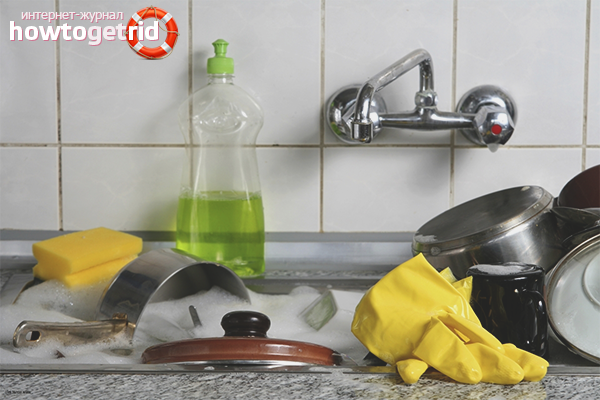
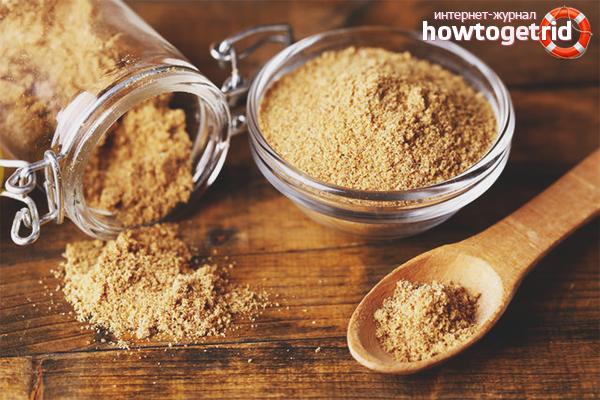

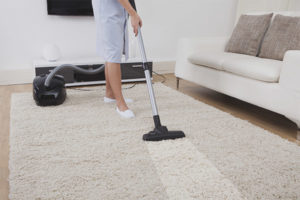

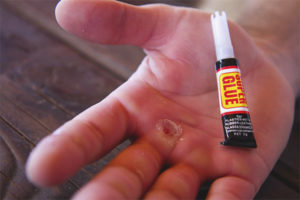

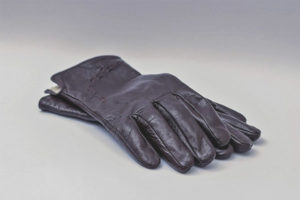

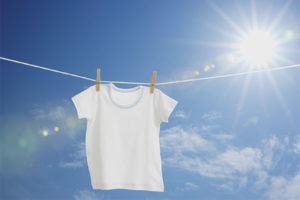
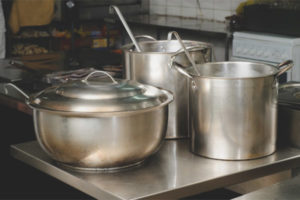
Submit